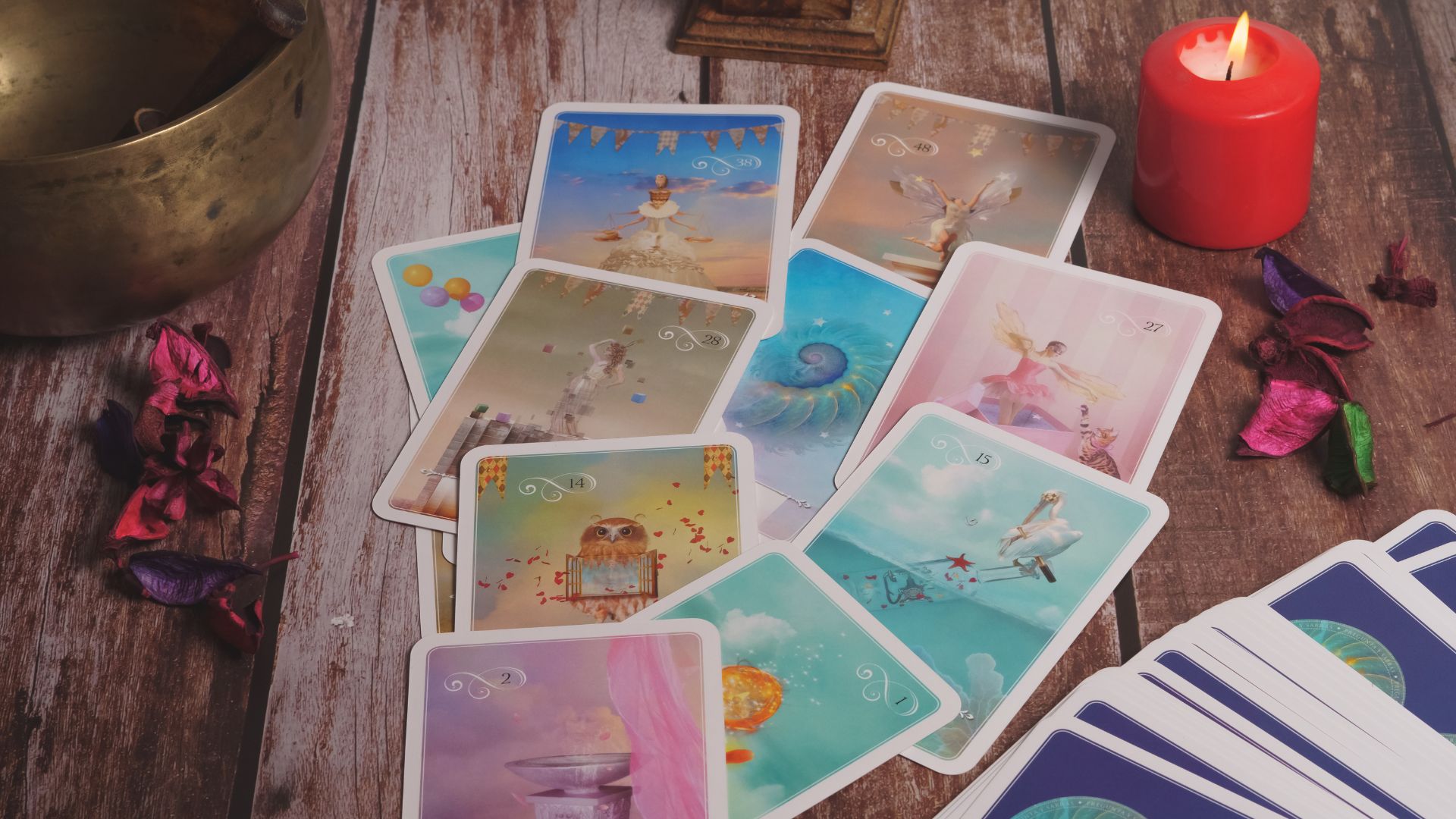Buying Tarot Decks Online

Tarot cards are divination tools used to expand intuitive awareness and form connections within oneself. Each deck differs in artistic design and message content, with some offering detailed guidebooks while others do not.
Beginners might prefer the Rider-Waite deck designed by Pamela Colman Smith in 1909 for their first deck. It contains 22 major cards which represent archetypes from life while its minor cards symbolize people, feelings and everyday events.
Aesthetics
When selecting your deck of cards, focus on how they feel in your hands and pay close attention to how well they shuffle and shuffle well. A great tarot deck should have a smooth matte finish with good shuffle ability and feature unique aesthetics that resonate with you and fit with your personality.
Tarot began life in 15th-century Italy as a card game but has since come to symbolize occultism, divination and fate. Occultists and spiritualists around the globe now use Tarot cards in ceremonies.
No matter your level of divination experience, these beautiful tarot decks will motivate and encourage you to deepen your relationship with divination. Many even include an accompanying guidebook which highlights their theme while providing additional interpretations for each card.
The Baby Tarot Deck is perfect for expecting mothers or anyone who simply enjoys adorable newborns. The cards feature beautiful illustrations that will brighten your day while providing deeper divination insight.
Symbolism
Though many tarot decks contain cards with traditional correspondences to astrological signs and Hebrew letters, you should rely on your intuition when creating your personal lexicon of cards that express meaning for you personally – for example the Devil may represent an ex-lover while Two of Swords could signify an opportunity at work.
Archetypal associations found in tarot are especially notable within the Major Arcana, which charts human spiritual evolution from innocence and wonder to individuation and oneness – this being at the core of Hermetic belief that “as above, so below.”
The Magician represents control of elements and power, while The High Priestess encourages exploration of one’s subconscious mind. Swords depict intellect, truth ambition and conflict whereas Lovers remind us to build meaningful connections with those we encounter throughout our journeys in life. Before beginning readings with your tarot deck it is wise to cleanse it beforehand using sustainable harvest sage or palo santo smoke, or bathed in light from cleansing crystals such as clear quartz or selenite for optimal results.
Meanings
If you’re new to tarot, Francisco recommends starting out with the Rider-Waite deck of 78 cards and its accompanying standard guidebook that will walk through their meaning. He also suggests The Ultimate Guide to Tarot, Guided Tarot for Seamless Readings and Illuminated: A Journal for Your Tarot Practice as excellent resources.
Every card in a tarot deck holds special significance; particularly its 22 Major Arcana cards which tell a tale that encapsulates humanity’s spiritual journey from innocence of The Fool through unity and fulfillment in The World.
Once you understand what each card represents, you can start conducting readings on yourself or clients. While there are many different spreads available to you, a three-card spread is an ideal place to begin; here, the first card represents your past experiences while the second represents present circumstances while third indicates potential future consequences if your current path continues (or what might occur if another was chosen). It is vital that you trust your intuition.
Interaction
Tarot decks differ from other objects used to communicate with spirit world because they only work when used by you, much like how art can open your mind to new thoughts and emotions that otherwise wouldn’t exist before interacting with a work of art. Tarot cards offer you another avenue through which to explore these potential experiences.
Finding a deck that speaks to you as both an artist and reader is of vital importance. The closer your affinity is with one deck over another, the greater will be your ability to understand its theme – which in turn allows for deeper interpretations of its cards.
Tarot decks’ symbols and interpretation can draw from Renaissance art, folk traditions & rituals, Hermetic occultism, numerology, numerology etc. Tarot cards have long been employed as psychological or therapeutic aid. Tarot cards can help address various queries through an arrangement technique called spread which involves arranging cards into specific patterns – these patterns may follow traditional or more creative layouts.
